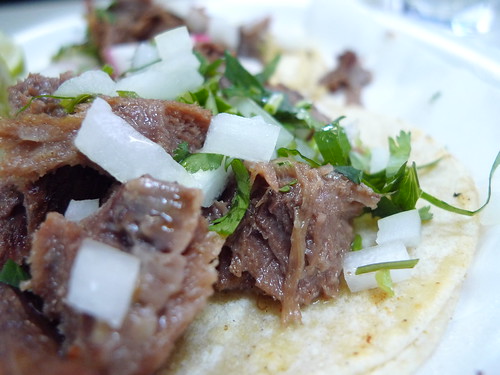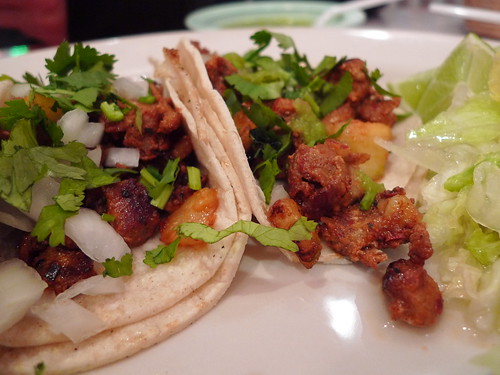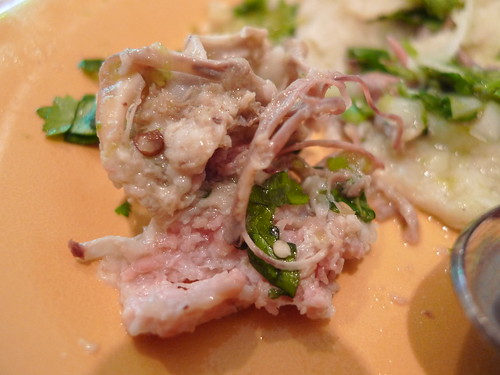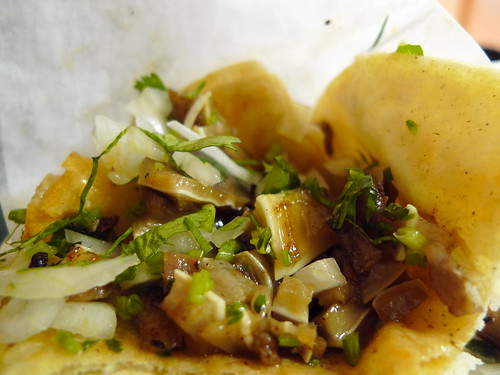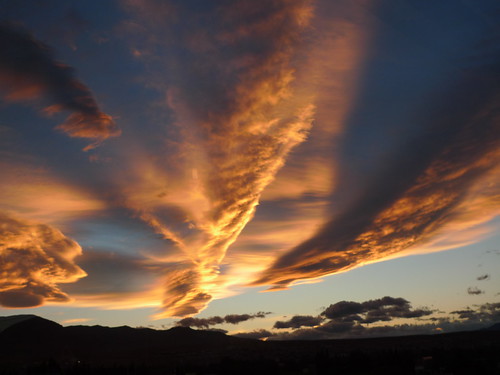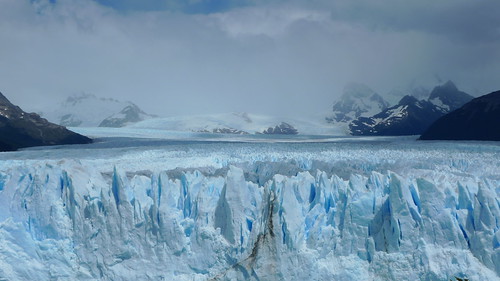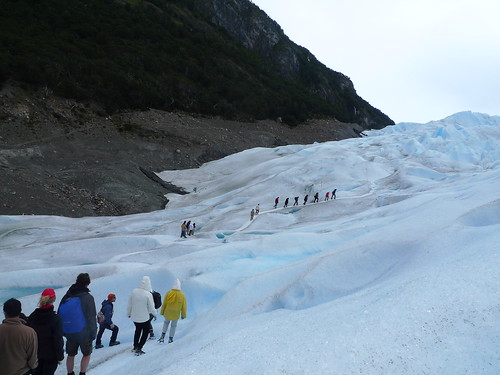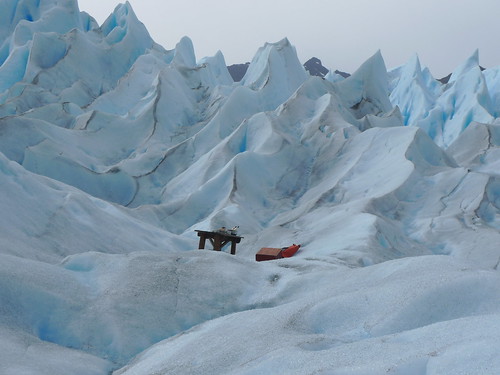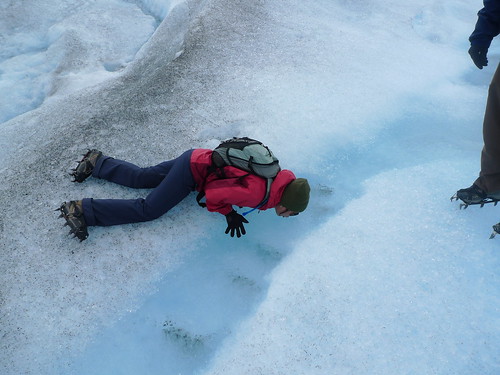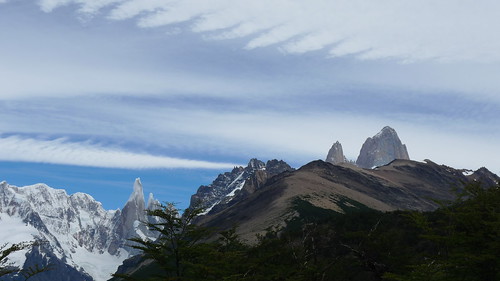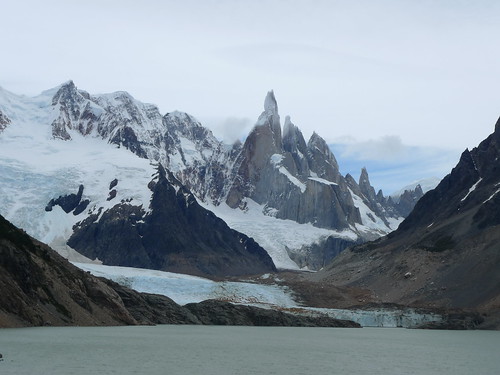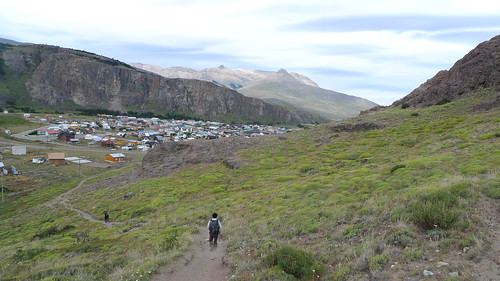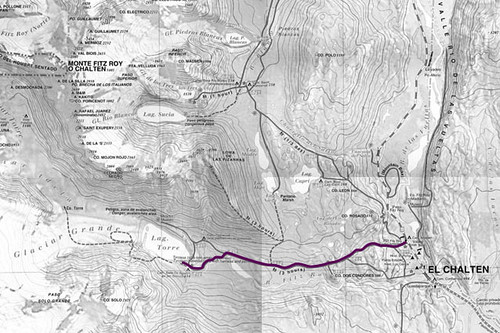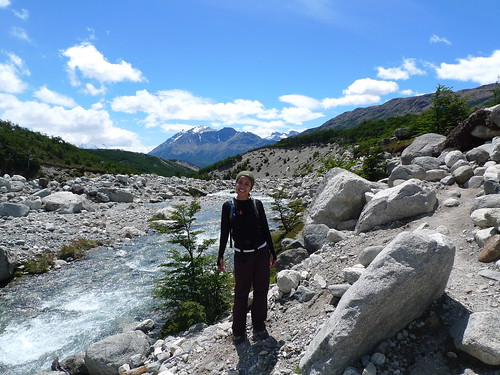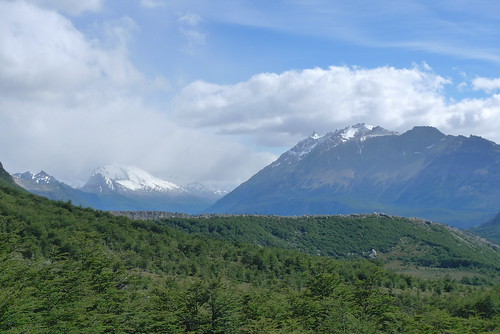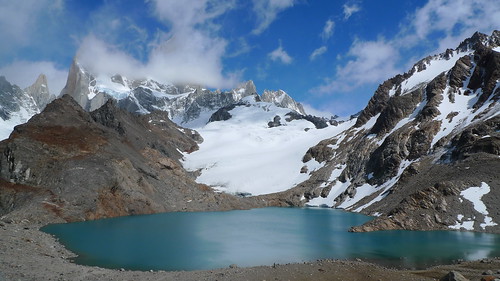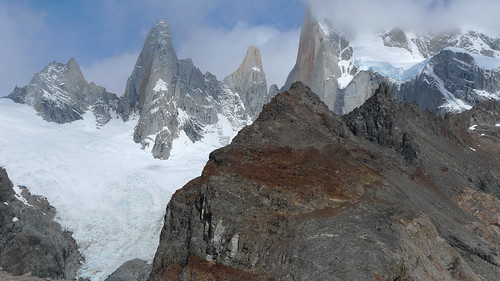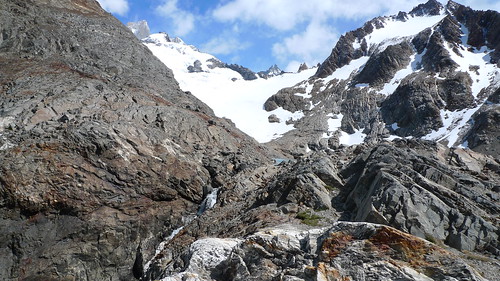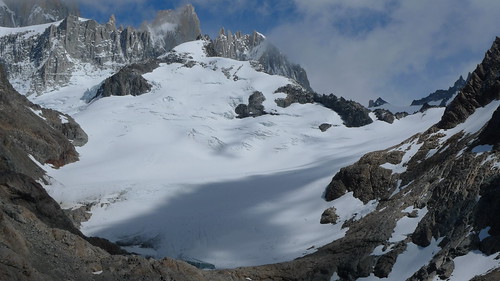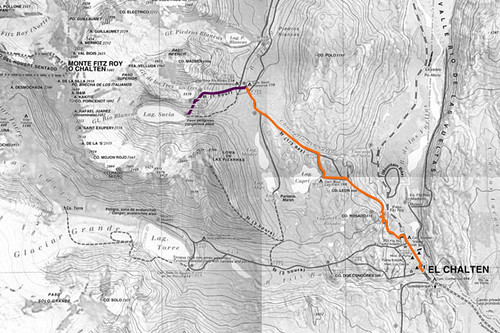Look what you did, Jase said as he pointed to the window. It was snowing even though the weather channel reported rain for the day. It wasn’t taco-eating weather but we had work to do: we will find a good taco in Sunset Park, Brooklyn.
Sunset Park, Brooklyn experienced its heyday during World War II when the Brooklyn Army Terminal employed more than 10,000 people to help ship to American troops. Like any other neighborhood, it reach its peak and lost its allure to families who wanted to move to the suburbs. All of a sudden, the rowhouses that would remind you of San Francisco were no longer valuable. By 1990, 50% of Sunset Park’s population consisted of Puerto Ricans and Dominicans. Today, Brooklyn Chinatown is along Eighth Avenue, while Seventh is favored by Indians from Gujarat and Fifth Avenue by Mexicans. It was this detail that made me drag Jase to the main drag to search for a good taco.
I had a small list and I gave the Jase my usual rules: a chorizo taco is a good start, but we’ll order the weirdest thing they have available. Jase had his, too: No head, no tripe, no eyes, no ears. I nodded to say, Yeah, yeah, yeah, because I know I’ll try my best to convince him to eat them anyway. Luckily for him, the trucks were nowhere to be found because it was the middle of the day and most of the hole-in-the-walls were covered with plywood. We ended up walking from 44th Street to 55th and ducking in each place that didn’t look too fancy.
1. Tacos Nuevos Mexico III, 44-10 Fifth Avenue, 718/686.8151
Where was I and II? This was the first place we spotted as soon as we turned the corner on Fifth Avenue. It was past noon and we were famished. Upon confirmation that they were open for business–no one was inside and the kitchen looked sparkly clean–we sat down and ordered one carnitas taco and one chorizo. Two of each came and all four were slathered with wet guacamole. I like avocados; I just don’t like them in my tacos because they end up hiding the flavor of the meat. I realized I hadn’t done this taco search in a while that I forgot to let the waitress know that guacamole and sour cream were no-nos. In any case, the carnitas were very soft and fatty, while the chorizo was salty and spicy. We devoured them with Diet Cokes and we were very satisfied with everything, guac and all.
2. Tacos Xochimilco, 45-01 Fifth Avenue, 718/435.7600
The lengua, or beef tongue, at Xochimilco tasted like it had been cooking for hours. It was sweet and it fell apart at each prod of a plastic fork. The tripe was surprisingly delicious. I am used to having them a little chewy with its natural offal taste included, but this one was just right. Jase ended up liking the tongue, too: Like Mom’s Sunday pot roast.
3. La Guera, 46-03 Fifth Avenue, 718/437.0232
La Guera had the cheapest of all the tacos we tasted. A small one cost us $1.25 when we thought the $1.50 at Xochimilco was already a good deal. But you get what you pay for: the pastor taco tasted too earthy here; a little bit dry, with only a small chunk of pineapple and a spritz of lime juice to save it. The buche, one of my favorite types of taco, or the stomach, was just a load of flavorless fat.
4. Tacos California, 46-16 Fifth Avenue, 718/439.1661
I usually avoid restaurants that bill itself as “authentic” but we were getting full and the snow had turned to steady rain. We needed to stay dry and warm, so we went in here to take a break while a Mexican soap opera blasted overhead. We ordered a taco that was called an enchilada with “spicy pork” in parentheses. From my understanding of fast foods, enchilada is a bigger tortilla stuffed with anything as long as tomato sauce is involved. I was right, but it was awkward to eat because it was half the expected size. Notes of paprika and cumin were included, two of my favorites spices, but the tomato definitely tasted like it came from a can. Jase refused to try the cabeza, or the head, which was too bad because it was the restaurant’s saving grace. It was fatty and gelatinous and full of flavor–my lips were coated in natural fat soon after.
5. Tulcingo, 55-20, Fifth Avenue, 718/439.2896
By the time we entered Tulcingo, Jase and I were giving up. I felt defeated after just six tacos, but alas, good things must come to an end. Every place we went to had orejas, or ears, on the menu, but only Tulcingo actually had them. The last time Jase and I had pigs’ ears, they were fried, and he wished these were, too, instead of just boiled to death. But I did like the crunchy cartilage even if the skin felt more like Jell-O in my mouth. The chorizo here was mediocre, though I liked how it was spicier than the first one we had.
All in all, we had some good tacos but nothing that blew me away. We split one Negro Modelo to end our late lunch date and toasted to our rainy Mexican day in Sunset Park, Brooklyn. Looks like it’s time to take a trip out west to satisfy my taco craving this year.
Related post/s:
More Sunset Park Brooklyn taco photos on Flickr
Background on finding the best taco in New York City project
El Barrio in East Harlem had some good tacos without the guacamole

